Faucet compliance is more than a formal certification—it directly affects water safety, building code approval, and long-term performance. Whether you’re a homeowner purchasing a new fixture, a contractor working on a renovation, or a business sourcing faucets for resale, it’s important to know how to identify faucets that do not meet legally required standards. Non-compliant faucets may save a few dollars upfront, but they can introduce health risks, cause costly plumbing failures, or fail inspections during construction.
This detailed guide explains how to spot non-compliant faucets, what certifications and markings to look for, and the warning signs that suggest a fixture may not meet U.S., Canadian, or EU regulations.
1. What Does ‘Faucet Compliance’ Mean?
Compliance refers to whether a faucet meets specific industry and government standards related to:
- Lead-free safety
- Water conservation
- Material quality and toxicity
- Performance testing (durability, pressure, leak prevention)
- Product labeling and traceability
In the United States, faucets must comply with the Safe Drinking Water Act’s lead-free requirements and typically carry certifications such as NSF/ANSI 61, NSF/ANSI 372, UPC, or cUPC. Other regions, like Europe and Australia, have their own requirements. A faucet that fails to meet these standards is considered non-compliant.
2. Lack of Certifications or Recognized Markings
The most reliable way to identify a non-compliant faucet is by checking for official certification logos. Legitimate faucets should have one or more of the following:
- UPC / cUPC (IAPMO) – U.S. & Canadian plumbing code compliance
- NSF/ANSI 61 – Drinking water system safety
- NSF/ANSI 372 – Lead-free certification
- WaterSense – EPA water efficiency
- AB1953 – California lead-free requirement
- WRAS – U.K. drinking water regulation
- ACS – French sanitary compliance
- CE marking – European conformity (for some faucet categories)
A non-compliant faucet typically lacks all of these.
Where to look:
- The faucet body (usually under the handle or on the underside)
- Supply hoses
- Packaging
- Instruction manual
- Manufacturer’s product listing
If there is no marking anywhere, that is a major red flag.
3. Suspiciously Low Pricing or Unknown Brands
Low prices don’t always mean poor quality, but they often indicate:
- Unverified suppliers
- No material certifications
- Untested cartridges
- No standardized quality control
- Potential use of high-lead brass or cheap alloy
A faucet priced dramatically lower than similar models is likely cutting corners with materials or compliance testing.
Warning signs:
- No identifiable brand name
- No manufacturer website
- No warranty information
- Generic packaging or white-box shipping
- Product sold only on marketplaces with no traceable company
If you can’t find clear manufacturer identity, assume non-compliance.
4. No Lead-Free Labeling (Critical for U.S. Buyers)
In the United States, any faucet intended for potable water use must be lead-free.
A compliant faucet includes one or more of these markings:
- NSF 61/372
- LF or “Lead-Free” printed on packaging
- AB1953 (California standard)
- “≤0.25% weighted average lead content”
A faucet lacking these labels may use:
- High-lead brass
- Zinc alloy with unknown additives
- Low-cost recycled materials
- Unsafe solder or coatings
These faucets pose potential health risks and may fail inspection.
5. Incorrect or Misleading Water Flow Rate
Water conservation laws require faucet aerators to meet specific flow limits:
- Bathroom faucets: max 1.2 gpm in many U.S. states
- Kitchen faucets: 1.5–2.2 gpm
- WaterSense-labeled fixtures: 1.5 gpm or less
A faucet that delivers an unusually strong or uncontrolled stream may exceed legal flow rates. This can cause:
- Code violations
- Higher water bills
- Failure to pass inspection in regulated states (e.g., CA, NY)
Tip:
Check for a rated flow marking on the aerator, usually printed like:
- 1.2 GPM
- 1.5 GPM
- 2.2 GPM
If there is no marking, the aerator may be non-compliant.
6. Missing Documentation or Technical Specifications
Reputable faucet manufacturers provide detailed documentation, including:
- Installation manual
- Compliance certificate
- Model number
- Warranty card
- Material specification sheet
- Customer service contact
A non-compliant faucet often comes with:
- Poorly translated or incomplete instructions
- No mention of certifications
- No customer support
- No technical drawings or part breakdowns
The absence of documentation indicates the faucet was not tested or approved through proper channels.
7. Poor Material Quality or Manufacturing Finish
Physical inspection can also reveal non-compliance. Warning signs include:
Material issues
- Extremely lightweight body (indicates zinc alloy instead of brass)
- Rough edges or seams
- Unusually thin mounting hardware
- Rust spots out of the box
Finish defects
- Discoloration
- Uneven plating
- Flaking or peeling coating
Poor build quality is often a sign the faucet has not undergone corrosion or pressure testing required for compliance.
8. No Registered Product Listing Online
Most compliant faucets are listed on certification databases such as:
- IAPMO
- NSF
- EPA WaterSense
- Manufacturer registries
Search the model number. If it doesn’t exist—or worse, if the “brand” has no website at all—there is a high chance the faucet is non-compliant or counterfeit.
9. Unusual Cartridge Design or No Cartridge Brand
High-quality faucets use cartridges from known manufacturers:
- Sedal
- Kerox
- Vernet
- Citec
- Flühs
Non-compliant faucets may use:
- No-name cartridges
- Unlabeled ceramic discs
- Low-grade plastic mechanisms
This usually indicates the faucet has not passed durability or pressure cycling tests.
10. Seller Cannot Provide Certificates Upon Request
If you are sourcing faucets for retail or construction, always ask the supplier for:
- cUPC certificate
- NSF 61 or 372 report
- WaterSense documentation
- Material test report
- Factory audit or ISO certification
A seller who refuses or delays is very likely offering non-compliant products.
Final Thoughts: How to Identify Non-Compliant Faucets
Identifying non-compliant faucets is essential for avoiding health risks, plumbing problems, and code violations. The easiest ways to spot a non-compliant faucet include checking for missing certifications, vague branding, poor documentation, or inconsistent material quality. Always verify compliance markings and choose reputable manufacturers with transparent testing and certification processes.
 WOWOW Faucets
WOWOW Faucets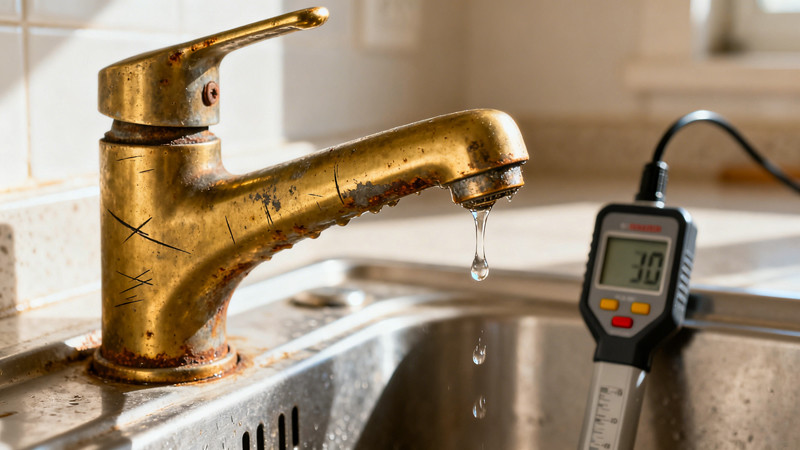
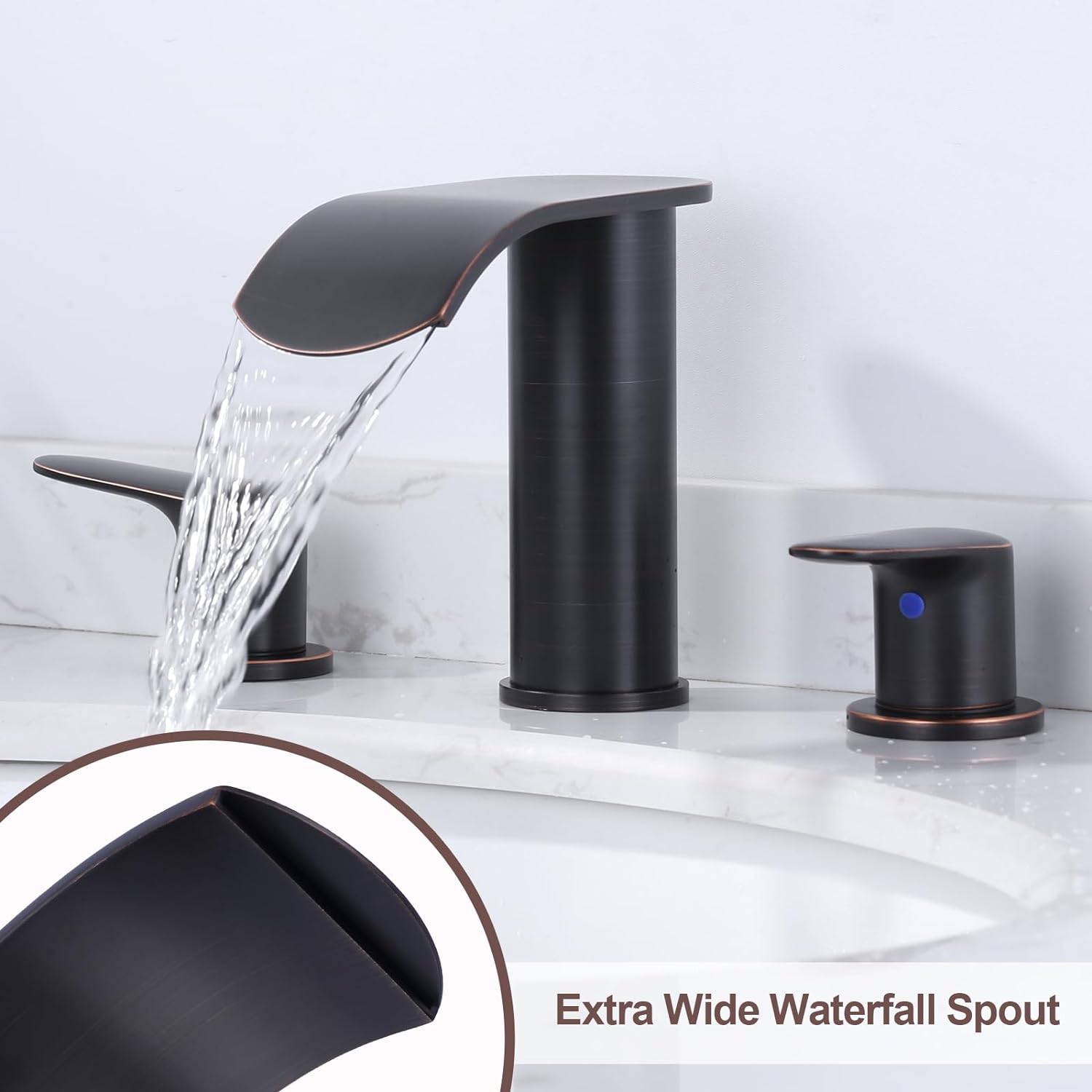
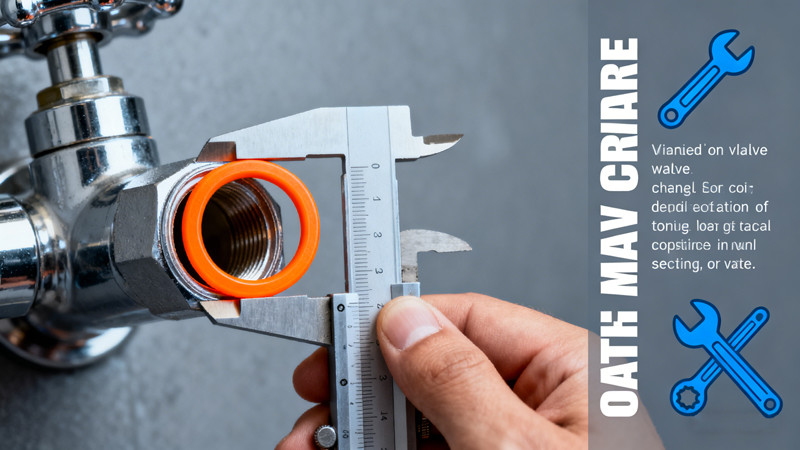
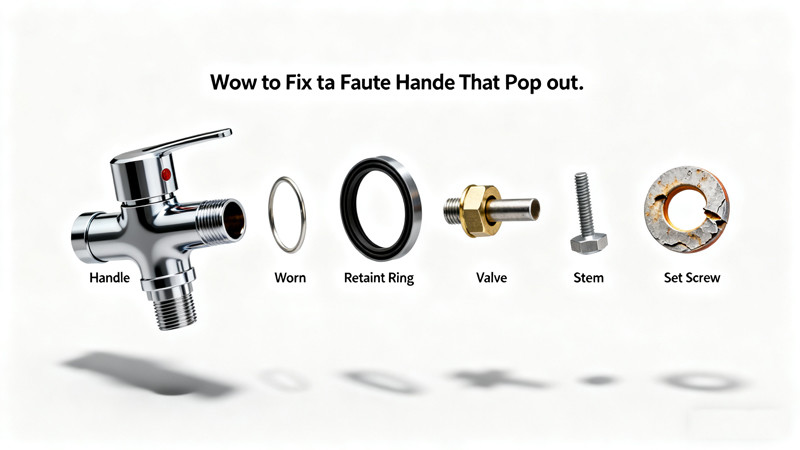
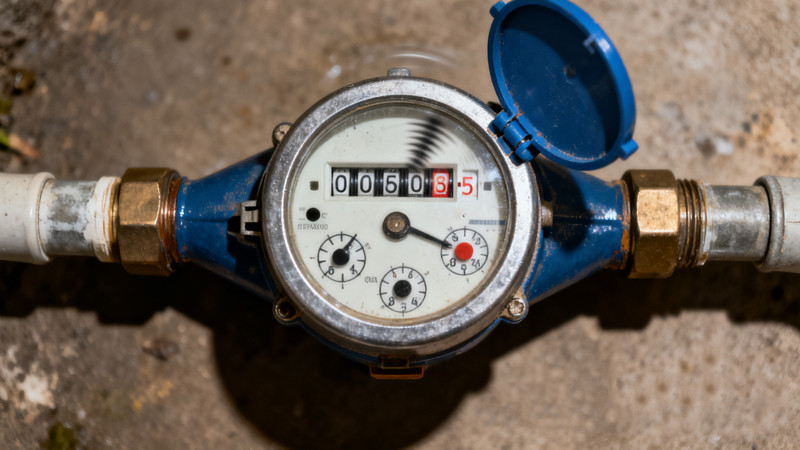
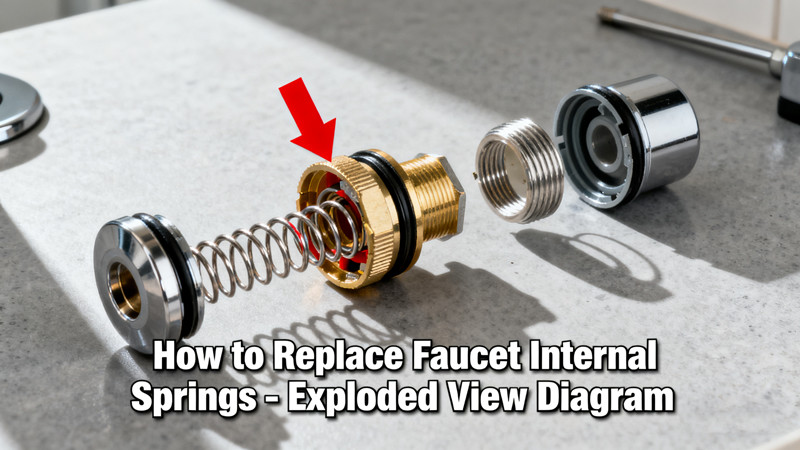
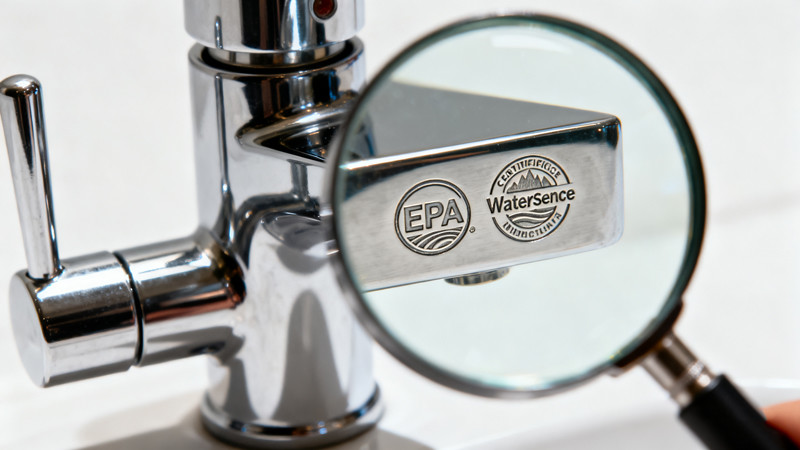
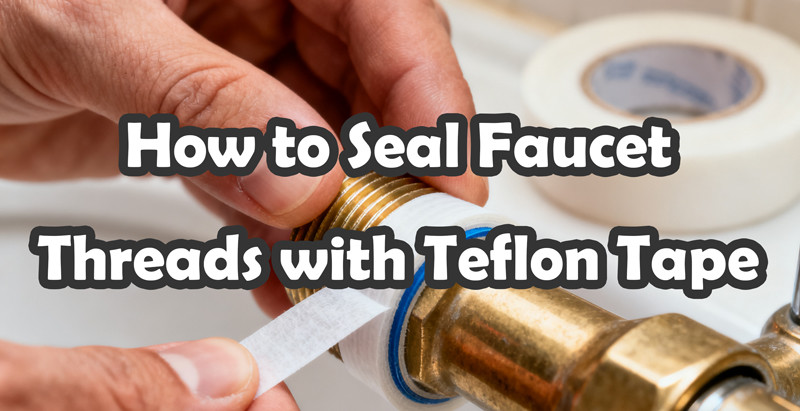
您好!Please sign in